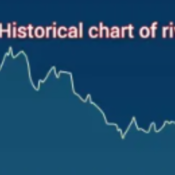Introduction
Overview of the importance of having a website in today’s digital landscape. Brief mention of the various purposes a websites can serve, from personal blogs to business platforms.
1. Defining Your Website’s Purpose
- Identifying the primary goal of your website (e.g., personal, business, portfolio).
- Understanding your target audience and their needs.
2. Choosing the Right Content Management System (CMS)
- Explanation of what a CMS is and its role in website creation.
- Comparison of popular CMS options (e.g., WordPress, Wix, Squarespace) based on ease of use, flexibility, and features.
3. Selecting a Domain Name
- Tips for choosing a memorable and relevant domain name.
- Importance of domain name availability and registration.
4. Finding a Reliable Hosting Provider
- Overview of web hosting and its significance for website performance.
- Factors to consider when selecting a hosting provider (e.g., uptime, customer support, scalability).
5. Designing Your Website
- Key elements of effective web design (e.g., layout, color scheme, typography).
- Importance of responsive design for mobile compatibility.
6. Creating Quality Content
- Strategies for developing engaging and valuable content for your audience.
- Importance of SEO (Search Engine Optimization) in content creation.
7. Implementing Essential Features
- Overview of must-have features for a functional website (e.g., contact forms, social media integration, analytics).
- Discussion on the importance of user experience (UX) and navigation.
8. Launching Your Websites
- Steps to take before going live (e.g., testing, proofreading).
- Strategies for promoting your websites post-launch.
Conclusion
- Recap of the key steps in creating a website.
- Encouragement to continuously update and improve the websites based on user feedback and analytics.










